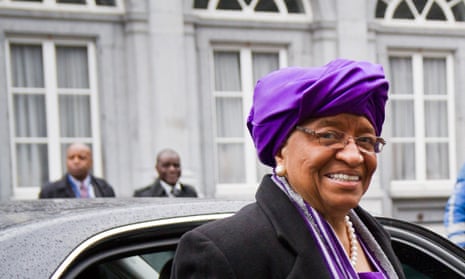How much progress are women really making as public leaders? We’ve gleaned the statistics to find out where women are getting to the top, as both public officials and parliamentarians.
According to the Inter-Parliamentary Union, as of 1 January 2015, there were 152 heads of state around the globe. Of those, just 10 (6.6%) were women.
Female heads of state
Cristina Fernández de Kirchner, Argentina
Dilma Rousseff, Brazil
Michelle Bachelet, Chile
Ellen Johnson Sirleaf, Liberia
Dalia Grybauskaitė, Lithuania
Park Geun-hye, South Korea
Atifete Jahjaga, Kosovo
Catherine Samba-Panza, Central African Republic
Marie Louise Coleiro Preca, Malta
Kolinda Grabar-Kitarović, Croatia
(Switzerland does not have a single head of state, but Simonetta Sommaruga is president of the Swiss confederation and will serve for one year in that capacity).
Women in parliaments
Since 1995, when the Beijing Platform for Action on women’s empowerment was adopted, the global average of women in parliament has increased from 11.3% to 22.1%. The number of single or lower houses of parliament where women have more than 40% of seats has jumped from one to 13, while the number of all-male parliaments has dropped from 10 to five.
The IPU called this “encouraging”, but IPU secretary general Martin Chungong also acknowledged that progress had stalled in 2014. The union is calling for higher quotas.
Rwanda, where 51 of the 80 parliamentarians in the country women, heads the list. The UK, where women hold 148 of the 650 seats in parliament, is 56th in the list, just below Kyrgyzstan, and the US is joint 72nd with Panama.
Women in national parliaments (at 1 January 2015)
This article includes content hosted on d26adhsj11a4c2.cloudfront.net. We ask for your permission before anything is loaded, as the provider may be using cookies and other technologies. To view this content, click 'Allow and continue'.
This article includes content hosted on d26adhsj11a4c2.cloudfront.net. We ask for your permission before anything is loaded, as the provider may be using cookies and other technologies. To view this content, click 'Allow and continue'.
Regional facts
- The Americas in the lead. The region has seen the percentage of female MPs rise from 12.7% in 1995 to 26.4% in 2015
- Sustained progress in Europe. There has been a rise in female MPs across Europe from 13.2% in 1995 to 25% in 2015. The only country in Europe with fewer women MPs in 2015 than in 1995 is Hungary, which saw a 1.3 percentage point drop.
- Breakthroughs in Africa. Sub-Sahara Africa has achieved some of the most dramatic breakthroughs in the past 20 years, often in post-conflict situations. The number of female MPs has risen from 9.8% in 1995 to 22.3% in 2015.
- Asia at a standstill. Asia has failed to keep pace with the rest of the world on this issue. The number of female MPs has risen from 13.2% in 1995 to 18.5%
- Arab region yet to deliver. The region made gains in women’s political rights during the past 20 years with women gaining suffrage in Kuwait, Oman, Qatar, Saudi Arabia and United Arab Emirates in that time. These gains have not been reflected in political representation, although the number of female parliamentarians has risen to 16.1% since 1995.
- Pacific still resistant to change. The Pacific remains the region with the lowest average for women in parliament in 2015, with just 15.7% female parliamentarians - progress due largely to gains in Australia and New Zealand.
Female public leaders in the G20 countries
Canada remains at the top of EY’s index of female public sector leaders in G20 countries. The index includes politicians, public servants and women on private boards. Women account for 45.9% of leaders in the Canadian public sector.
South Africa’s framework of targets and affirmative action has placed the country’s women relatively high in all three areas – public sector, parliamentary representation and private boards. South Korea and Japan perform poorly in all three.
This article includes content hosted on d26adhsj11a4c2.cloudfront.net. We ask for your permission before anything is loaded, as the provider may be using cookies and other technologies. To view this content, click 'Allow and continue'.
Sign up for your free weekly Guardian Public Leaders newsletter with news and analysis sent direct to you every Thursday. Follow us on Twitter @Guardianpublic
Looking for a role in local government? VisitGuardianJobs

Comments (…)
Sign in or create your Guardian account to join the discussion